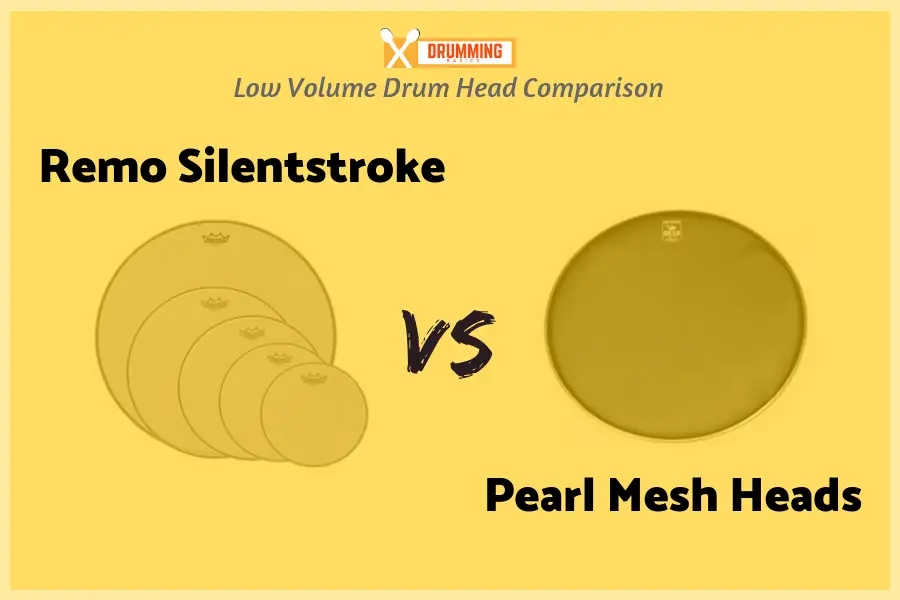
The major concerns in galvanizing research are, coating overgrowth for batch galvanizing leading to excess zinc consumption, and selective oxidation of alloying elements in high strength steels leading to bare spot defects for continuous galvanizing. This is due to the need of high strength and advanced high strength steels as well as stringent requirements of surface quality, formability, and corrosion performance from the end customers. The product and process of batch and continuous galvanizing have witnessed a paradigm shift in the last two decades. Neben einer Übertragung der Prozessführung auf eine andere Legierung erfolgte zudem eine Bewertung des Potentials aufgekohlter Halbzeuge für den Presshärteprozess. Die abgeleiteten Erkenntnisse wurden anhand eines Musterbauteils verifiziert.

Darauf aufbauend wurde die Ausdehnung der entstehenden Übergangszone gradierter Bauteile und der Einfluss einer Gradierung auf die mechanischen Eigenschaften untersucht. Durch eine ganzheitliche Charakterisierung wurde unter anderem ein grundlegendes Prozesswissen erarbeitet. Zu diesem Zweck wurden zunächst prozessseitige und halbzeugseitige Einflussfaktoren bei der Aufkohlung analysiert. Aufgrund des fehlenden Prozesswissens war die übergeordnete Zielsetzung der vorliegenden Dissertation die Erarbeitung eines grundlegenden Prozessverständnisses zur Gradierung der mechanischen Eigenschaften durch eine örtlich begrenzte Aufkohlung. Vielversprechend ist in diesem Zusammenhang der Prozess der Aufkohlung. Dem gegenüber gibt es bisher keine etablierte Verfahrensvariante, um bei gleichbleibendem Bauteilgewicht einen gegenteiligen Effekt, also eine lokale Festigkeitssteigerung, zu erzielen. Im Fokus bisheriger Untersuchungen standen vor allem Prozessvarianten, um die Duktilität örtlich zu verbessern.

Weiteres Leichtbaupotential bieten Bauteile mit maßgeschneiderten Eigenschaften. Finally, the advantages and technical challenges associated with each type of coating are reviewed.ĭas Presshärten ultra-hochfester Stahllegierung ist ein etabliertes Verfahren zur Fertigung sicherheitsrelevanter Karosseriekomponenten. In each case, all available information related to the weldability, paintability, and corrosion resistance of the coating systems is also reported. The application of Zn–Al–Mg post-process galvanizing is also discussed. The possible use of the recently developed Al–Zn alloy coatings, dual layer Zn–Al and Zn–Al–Mg coatings is also introduced. The behavior of sol–gel hybrid coatings on hot stamped steels is discussed. The use of Zn–Ni alloy coating, which is characterized by a higher melting temperature, is reviewed.

The solutions which have been proposed to avoid liquid Zn-induced embrittlement are analyzed. The recently developed galvanized and galvannealed coatings are also reviewed and the influence of the gas atmosphere during the heating cycle on the coating stability is emphasized. This aluminide coating can endure both high temperature oxidation and severe plastic deformation. The development of a ductile aluminide coating formed during the diffusion treatment of an aluminized coating is discussed. An analysis of the cracking of the coating, caused by the formation of brittle Fe–Al intermetallic phases and their high temperature deformation, is presented. The aluminized coatings are introduced, focusing on the microstructure evolution of aluminized coatings during the hot stamping process. The use of bare steel in the initial hot stamping technology is discussed, including the application of lubricant oils which are used as oxidation inhibitors on bare steel surfaces. In the present contribution, recent developments of coatings for hot stamped steels are reviewed.


 0 kommentar(er)
0 kommentar(er)
